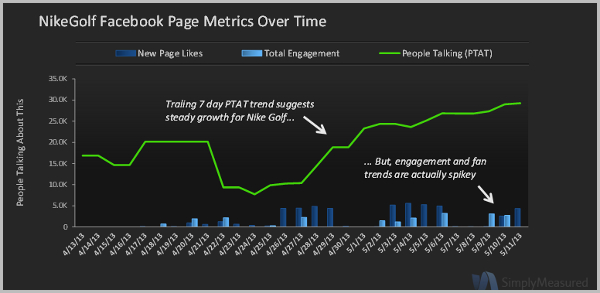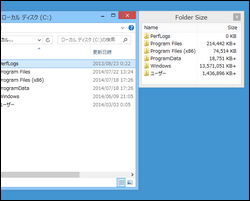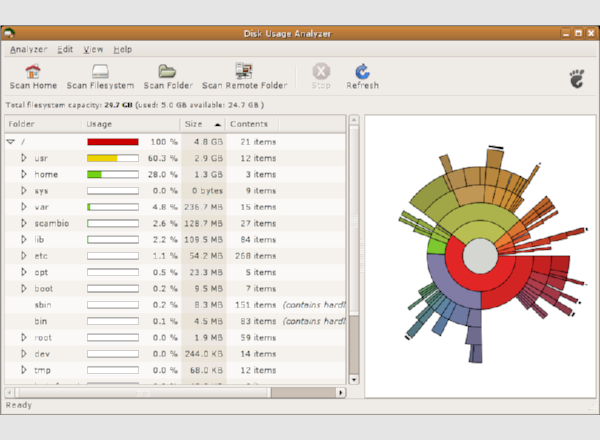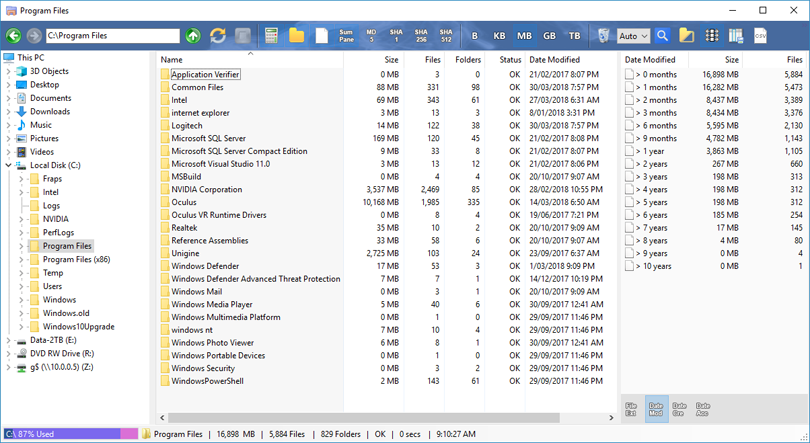

So, eventually to get the free space on the hard drive we have to delete unnecessary files or move the big to some external storage or drive. If hard disks have been in operation for a while, it can become increasingly difficult to keep track of their content. Later or sooner our huge system hard drives will run low on storage. Nowadays, we have ample of storage space on our computer hard drives, however, without proper disk analyzation or storage management, we could end up with space shortage even in today modern personal laptops and computers.įurthermore, with today’s huge resolution media files and modern high graphics games shortage of storage is not a strange thing.

Other factors, such as file system compression can also affect the computation of allocated space.List of best Storage or disk space usage analyzer software for Windows 10/7 to help in disk analyzation, so that we can easily free up some space for new files. So, for example, if an NTFS file system with 4K clusters contains 50,000 files, the estimated wasted space would be about 97MB of disk space. This wasted space is generally referred to as “cluster overhang” or “disk slack.” Some tools (including FolderSizes) can also report upon cluster overhang for folders (directories).Ī rough estimate of wasted space for a volume can be calculated by multiplying the number of files it contains by half the cluster size. Therefore, a file’s “allocated” size will usually be larger than its actual size. And so on.Īs a result, any file that has a size which is not an exact multiple of the file system’s cluster size (and the vast majority aren’t) will “waste” a portion of its last cluster. Any file containing between 40 bytes will use two clusters. For example, if you are using NTFS with a 4K cluster size, any file containing between bytes of data will consume a single cluster. Since all files are stored within one or more clusters, their “size on disk” (allocated size) is always a multiple of the file system’s cluster size. Most people today running the Microsoft Windows operating system are using NTFS, which has a default cluster size of 4K (4096 bytes). The size of a cluster can vary depending upon several factors, including what file system is used ( NTFS, FAT32, etc.) and partition size.

In this blog entry, I will discuss what these metrics represent and how they differ.ĭisk space is allocated to files in units called clusters.

Some software tools, including our FolderSizes disk space analyzer, are capable of reporting two size metrics for each file system object it encounters – “size” and “allocated size” (the latter is sometimes also called “size on disk”).


 0 kommentar(er)
0 kommentar(er)
